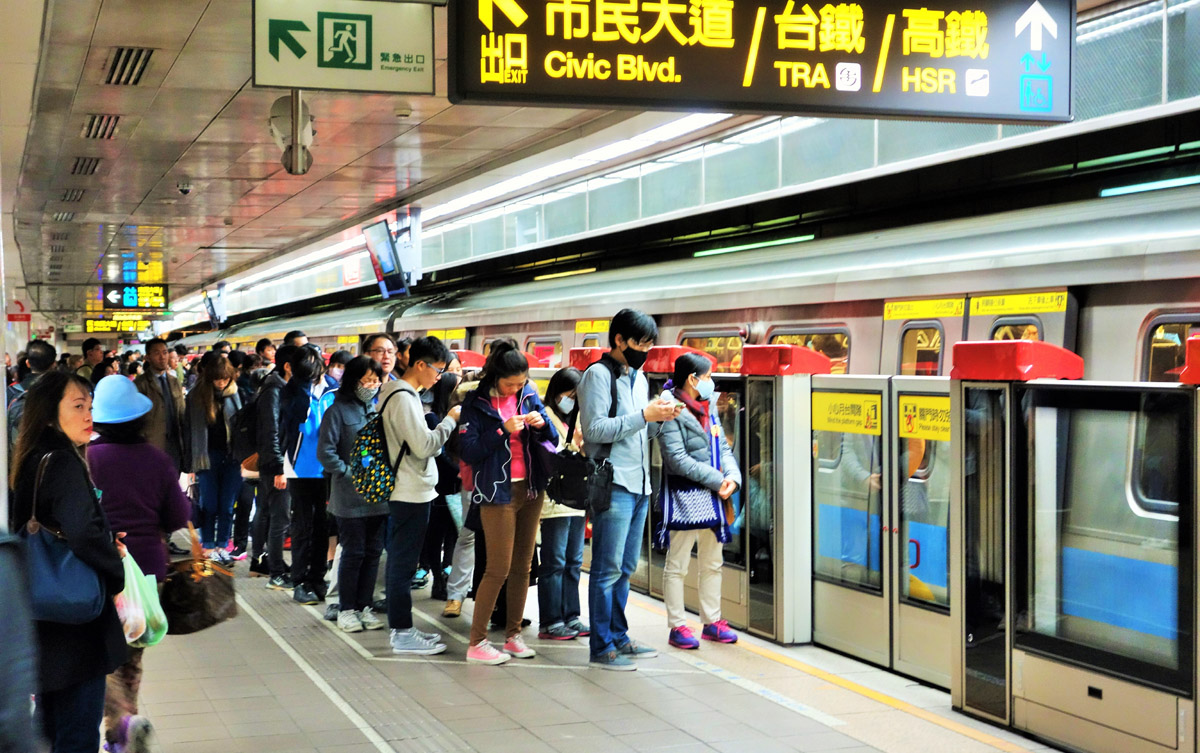
In Japan, “manners” are a serious business. Visitors can expect handouts on etiquette for activities ranging from taking a dip in hot springs (no talking, no tattoos, no splashing, no selfies) to viewing cherry blossoms (no touching trees, no littering, no talking loudly) and even eating sushi (no dipping sushi into soy sauce directly, instead pickled ginger should be used to lightly brush sauce on to the fish, never the rice).
It is unsurprising therefore that Tokyo’s labyrinthine Metro system, which ferries over 8 million commuters a day, is a minefield of Ps and Qs. Given the volume of passengers, one would forgive the subway for being somewhat chaotic, full of chatter and clatter, with toddlers squealing, teenagers horsing around, and salaried men rushing to make their trains on time. Instead, it works with military precision and discipline. Despite the conspicuous absence of trash cans, the stations and cars are spotlessly clean (commuters carry any trash home to recycle), the trains are on time (delays of a few seconds are occasions for public apologies by the operating companies), and the strangest of all (at least to an Indian), they are as hushed as a cathedral.
To achieve these wonders, meticulous Metro manners are in order. One must only stand on the left of the escalators. The right is for the athletically inclined who want to walk up or down. When a train pulls up, those who wish to board must wait (in a queue) for those who need to alight before getting on. Running to get on to trains at the risk of getting caught in the doors and thereby causing a second or two of delay to the running times is strongly frowned upon.
And lest anyone forget this lengthy list of dos and don’ts in the heat of their commutes, Metro stations and cars are dotted with beautifully designed “Metro manners” posters, that have become something of a collector’s item for aficionados of transport arcana.
Inventive reminders
Every year since 1974, new designs around specially selected themes are issued, attempting ever more inventive ways in which to remind commuters to be considerate of others. Last year, posters in the style of Edo-era Japanese woodblock paintings made an appearance. This year, kanji (Chinese character)-inspired images have debuted.
The language can be surprisingly poetic. “Please yield to one another,” urges one poster at the busy Omotesando station in central Tokyo. At other places, there are images that prompt passengers to wear masks over their mouths if they are feeling unwell, so as to avoid spreading germs.
MSDE has also increased the scope of apprenticeship beyond manufacturing, by making it available in short-term training and service-based trades, under its National Apprenticeship Promotion Scheme (NAPS). More than 3.95 lakh apprentices have been trained under NAPS and more than 48000 companies have registered themselves under the scheme. The Technical Intern Training Program, an initiative with Japan, is a testimony to the success of our apprenti

videos of TITP
videos of Training

